Studio Staples: Natural Vs Synthetic Brushes
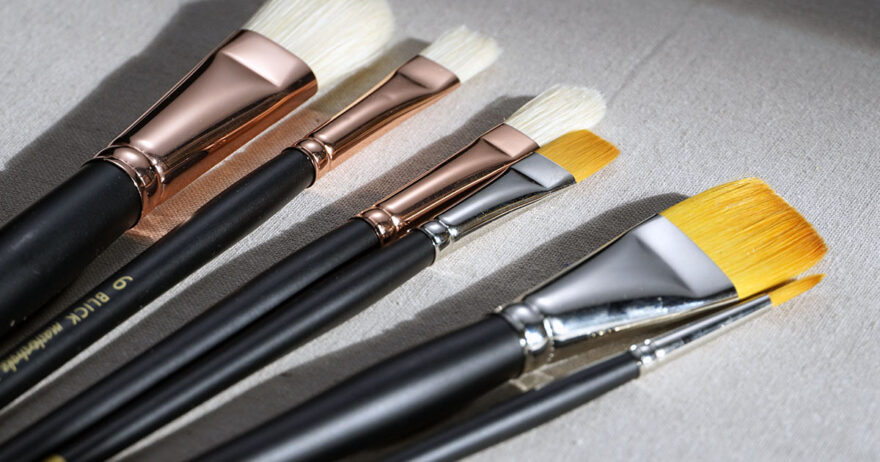
Choosing between natural- or synthetic-hair brushes is one of those dilemmas all painters confront when they’re starting out. Let’s take a look at the unique characteristics, advantages, and disadvantages of each, so you can choose what works best for you.
Natural-Hair Brushes
Typically made from animal hair—such as hog, sable, squirrel or mongoose hair—each type has a texture, stiffness, and ability to hold paint effectively.
Natural-hair brushes generally have stiffer hairs and bristles. For thick, textured strokes and quick coverage, this can be an advantage. They can hold large amounts of thick paint, making them useful for techniques that require heavy paint application—impasto, expressive brushwork and wet-in-wet techniques. If you’re heavy-handed, scumble and scrub, and prefer to work quickly and aggressively, the strength of these brushes could be a great option.
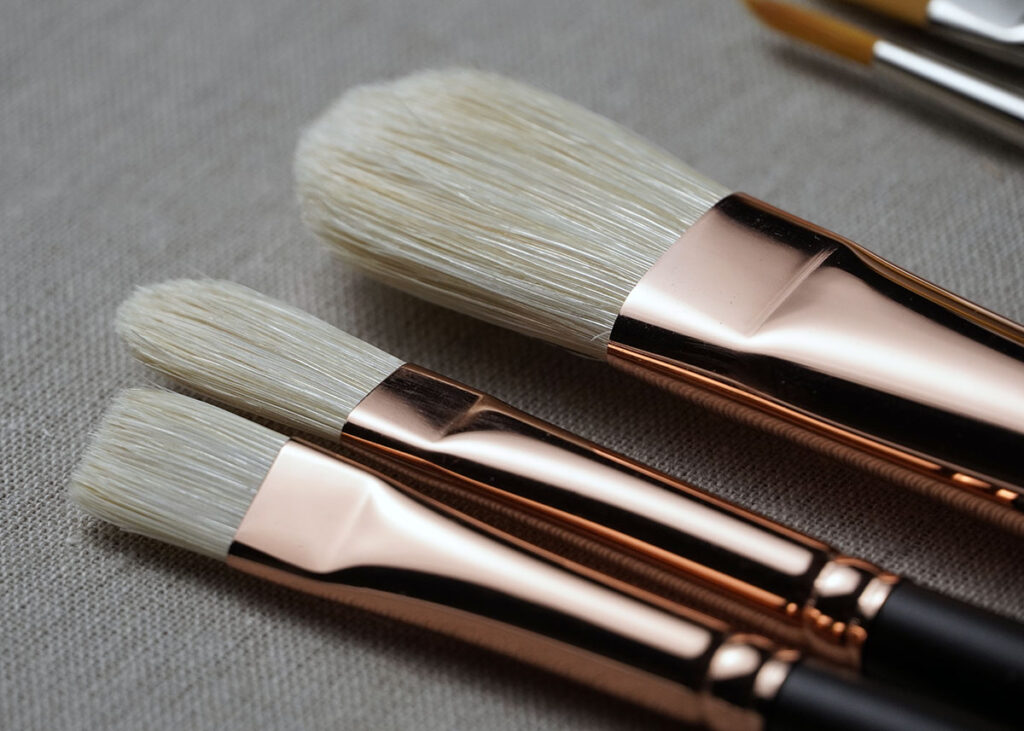

In general, natural-hair bristles can withstand the harsh solvents used in oil painting without losing their shape and, if they are cared for properly, can be quite durable over time. You’ll probably spend more on them than synthetic-hair brushes due to the cost of sourcing and processing animal hairs. You’ll also need to take greater care cleaning and storing them. Consider using a brush conditioner or oil to prevent them from drying out or becoming brittle. If you keep them clean and store them well, however, they should hold up well for years.
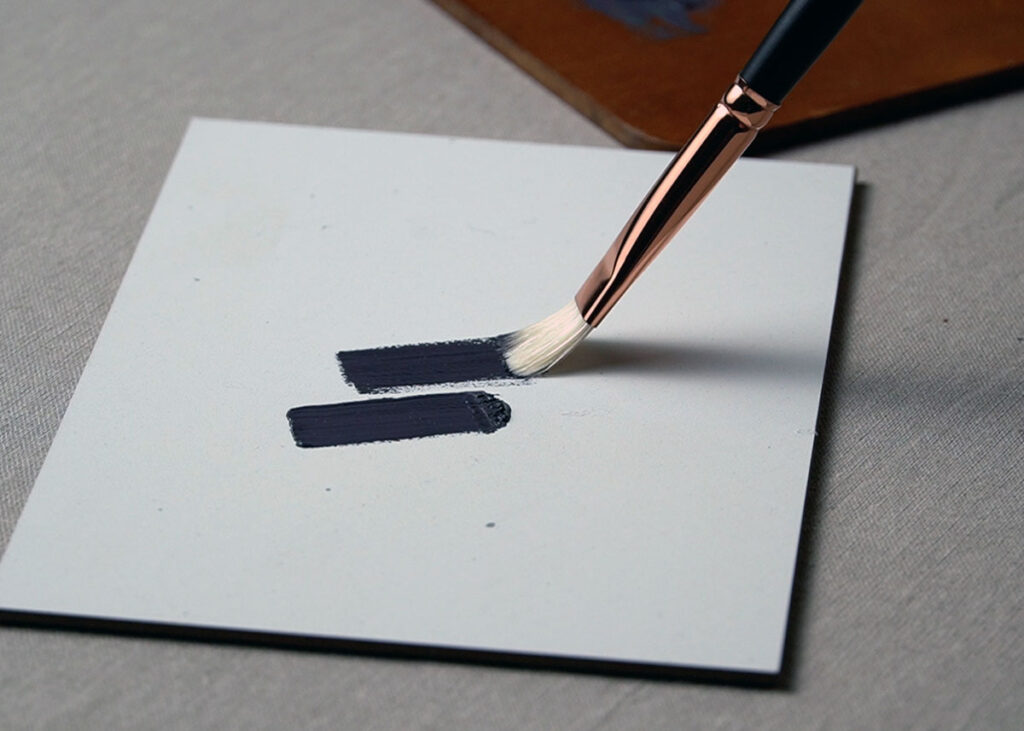

Synthetic-Hair Brushes
The bristles of these brushes are made from artificial materials such as nylon, polyester or Taklon fibers, materials designed to mimic the characteristics of natural hairs. These brushes are often more budget-friendly than natural-hair brushes, making them an attractive choice for beginners exploring oil painting for the first time.
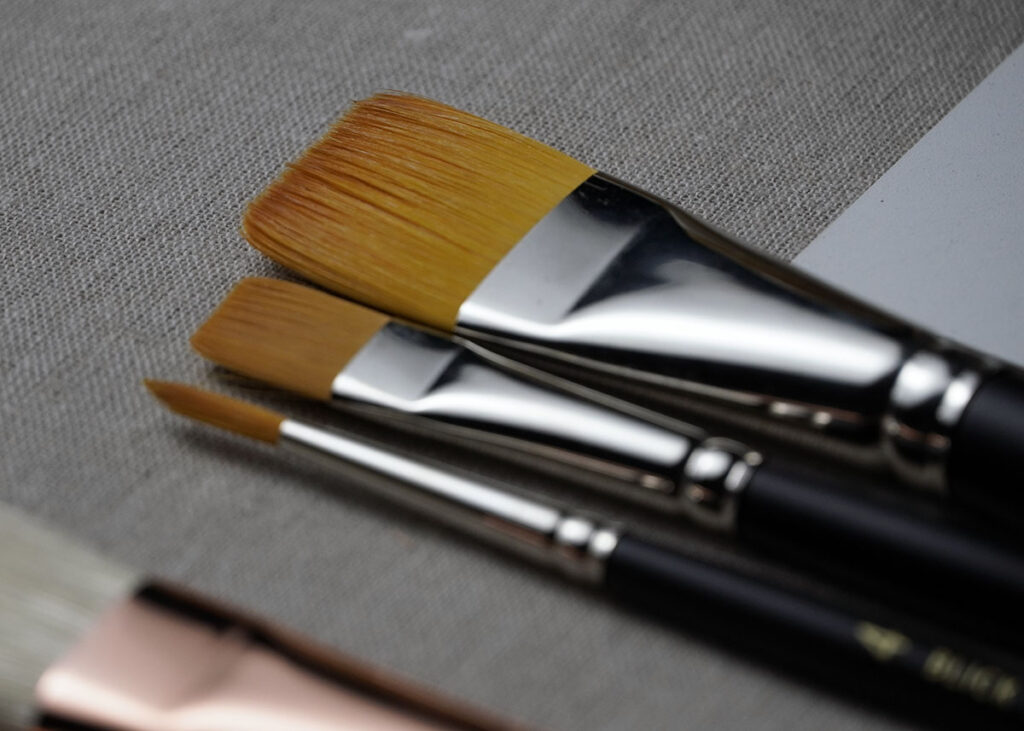
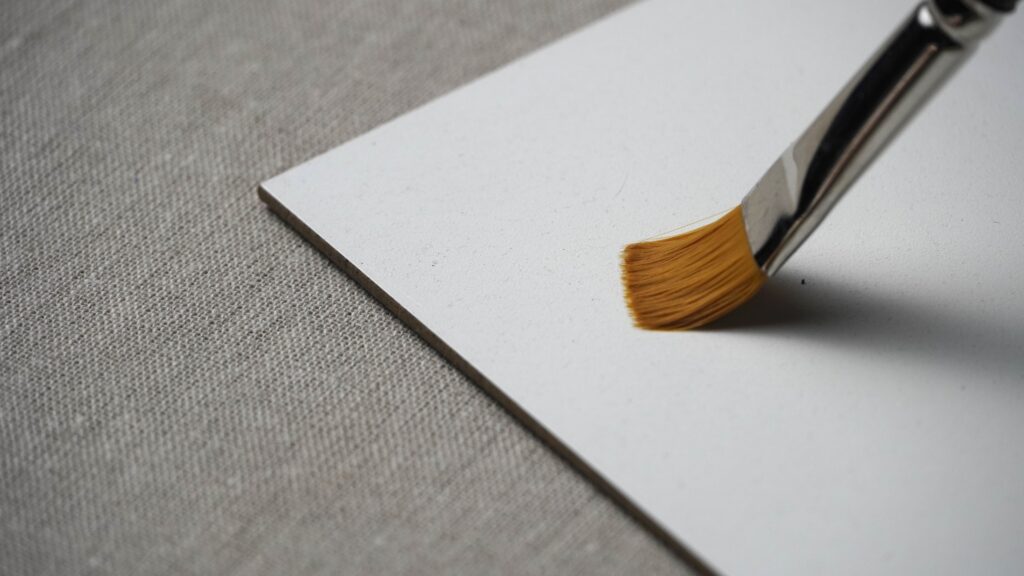
The softness of synthetic-hair brushes makes them effective at holding thin paint and glazes, but less effective with thick, heavy-bodied oils. If you prefer a controlled, gentile approach to painting, synthetics might be a good choice. They’re good options for creating crisp edges, details, and delicate strokes. For washes, glazing and creating subtle transitions of color, be sure to have a range of synthetics ready in your studio.
As synthetic bristles wear down, they’re more prone to distortion as the ends curl or split. It’s important to take care of your brushes. Clean them with brush soap after each painting session. Bristles and hair are held in the ferrule with glue, so it’s important to dry your brushes with bristles pointed downward to protect the glue. After washing, shape the brush tips and dry them carefully to retain their shapes.
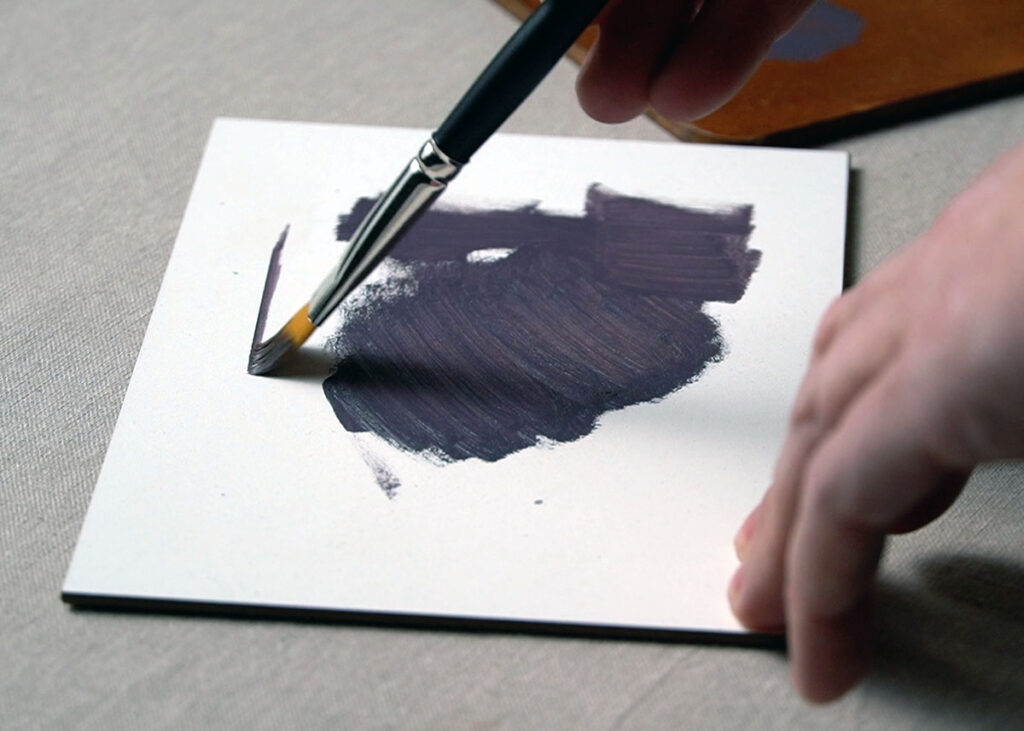
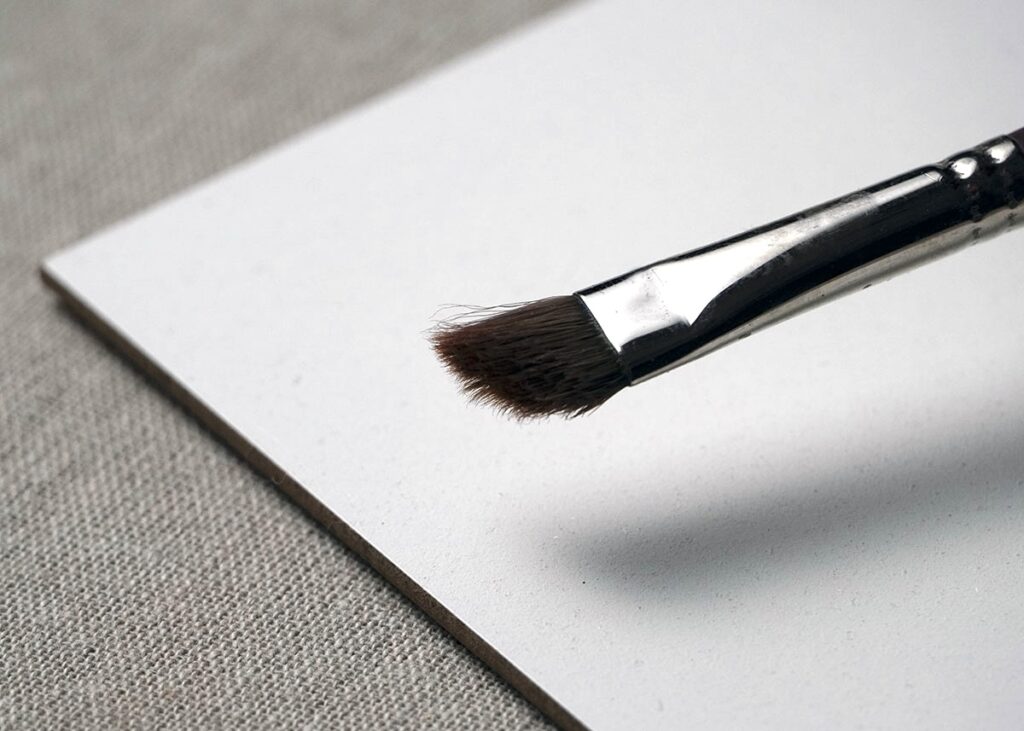
The Best of Both Worlds
One good option is to use a blend of both natural- and synthetic-hair brushes. Have several larger natural brushes for block-ins, scrubbing and wet-in-wet techniques. Use a selection of synthetic brushes in later stages of your work to soften edges, smooth blends, sharpen edges, and refine details.

Here’s what an initial set might look like.
✓
Large Filbert Natural — for large block-ins
✓
½-inch Filbert Natural — for expressive marks and wet-into-wet techniques
✓
½-inch Bright Natural — for controlled shapes, block-ins, wet-into-wet techniques
✓
1-inch Flat Synthetic — large washes, glazes, and crisp edges
✓
½-inch Flat Synthetic — for smaller shapes, textures, and details
✓
Small Round Synthetic — for details, linework, and fine marks
Experiment with different brush types to better understand their characteristics to help you curate a set of brushes that best aligns with your approach to painting.
About the Artist

Meet the Artist
Scott Maier is an artist and a content contributor to artistsnetwork.com. He’s also the author of the instructional art book See, Think, Draw: An Easy Guide for Realistic Drawing and Beyond.
From Our Shop


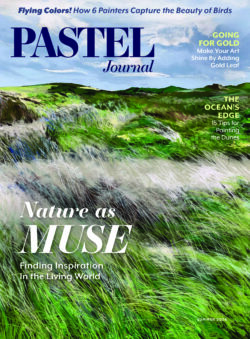
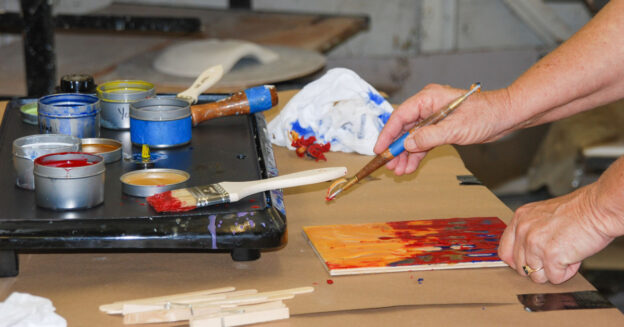





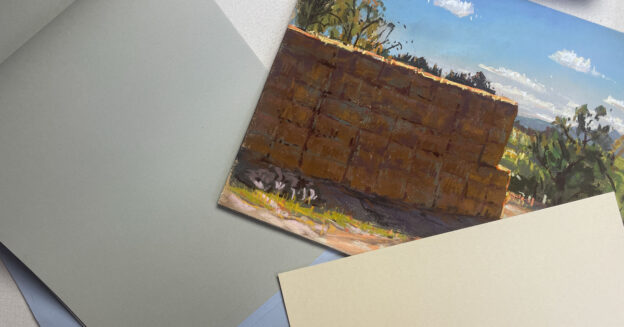




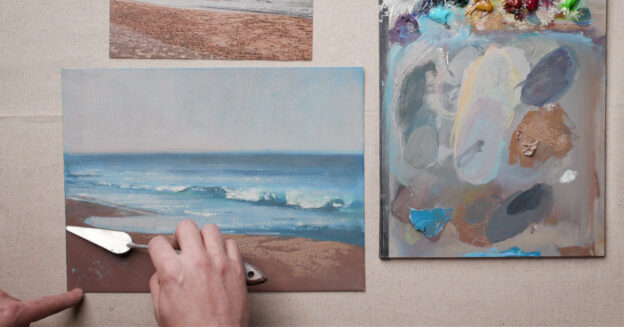


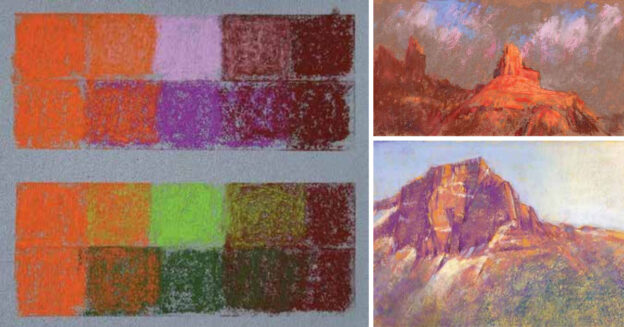

Join the Conversation!